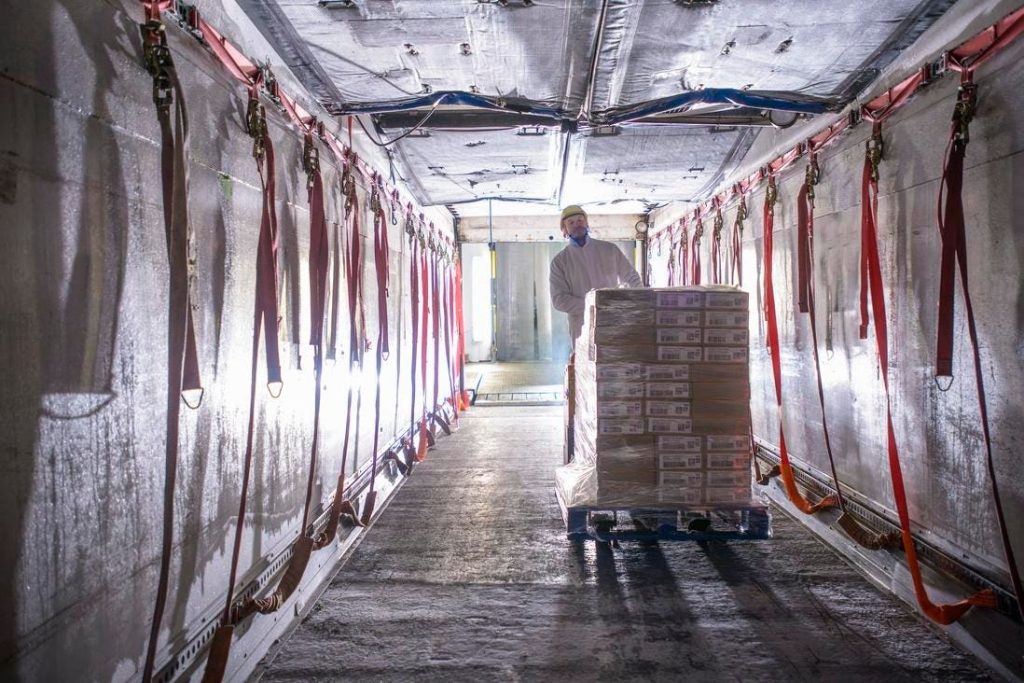The COO of DP World Americas, Morten Johansen, is leading a transformation in the frozen foods industry by reimagining the traditional cold chain standards. Historically, frozen foods have been transported and stored at temperatures of minus 18 C, but Johansen’s company is looking to raise the temperature to minus 15 C to improve food security and reduce the environmental impact of the industry. This initiative aims to address the high energy consumption and greenhouse gas emissions associated with frozen food logistics.
Research conducted by the International Institute of Refrigeration, Centre for Sustainable Cooling, and other institutions supported by DP World Americas, suggests that this minor adjustment in frozen food temperatures could have significant environmental and economic benefits. By lowering the freezing standard, annual carbon dioxide emissions could be reduced by 17.7 million metric tons, equivalent to the emissions of 3.8 million cars in a year. Additionally, lower costs within the supply chain are projected, providing financial optimizations and enhancing competitiveness in the industry.
To expand the reach of this initiative, it is crucial for industry leaders to work together, adopt new frozen food standards, and support sustainable logistics goals. Establishing a new freezing standard involves creating a clear vision, effective communication, systems analyses, and stakeholder engagement. It is essential to track progress, celebrate achievements, and reinforce new behaviors consistently to drive change. Identifying missing skills, collaborating with various stakeholders, and addressing unintended consequences are also important steps in the process.
The shift towards new frozen food standards represents a quiet revolution in cold chain logistics that holds promise for creating more efficient and sustainable food systems globally. This initiative not only reshapes longstanding norms in the industry but also inspires hope for a more nourished world amid population growth and climate uncertainties. Success in implementing these changes will require sustained effort, dynamic leadership, and a collective strategy to drive positive transformation in the frozen foods industry.


